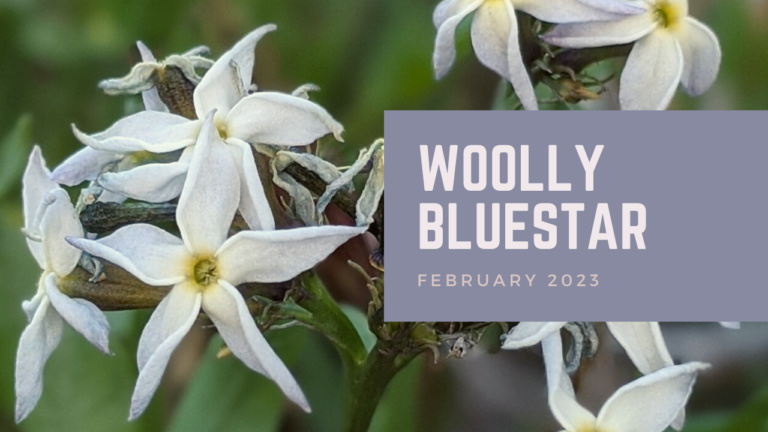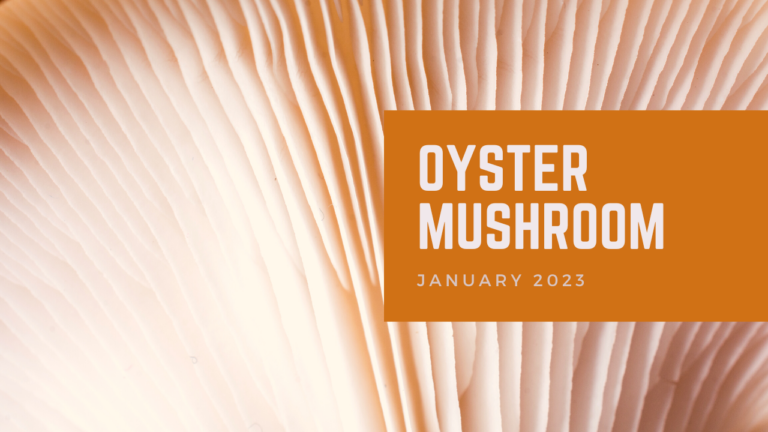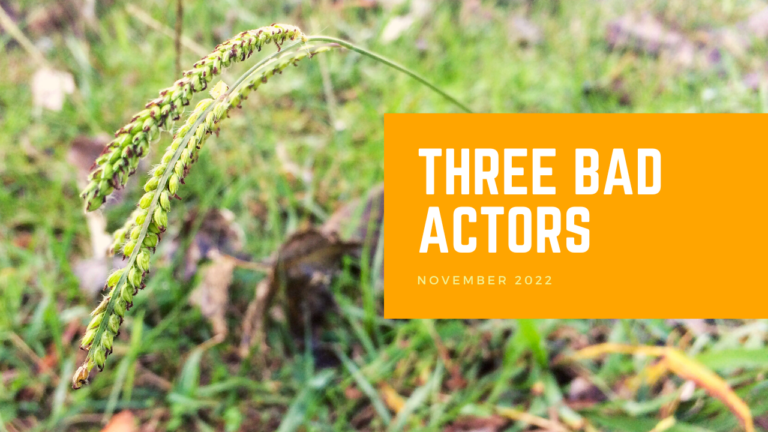Presented by Rowena McDermid
December 14, 2020
Botanical name: Ilex vomitoria
Common names: Yaupon Holly, Yaupon, Cassina
Family Aquifoliaceae (Holly)
[MUSIC—EASY AND FUN]
[ROWENA] Hello and welcome to plant of the month, which this month is going to be Ilex vomitoria or the Yaupon Holly.
Holly is genus Ilex of the family Aquifoliaceae. It has 480 species worldwide. I tried to find out how many species were native to North America. I couldn’t find that out, but there are 15 species listed on wildflower.org. Three species are known to contain caffeine. That’s in North and South America, and the Christmas Holly is a European species Ilex aquifolium.
Ilex vomitoria is native from southern Virginia south to Florida, and west to southeast Oklahoma and central Texas. It’s found in coastal areas and well-drained sandy soils, but it will grow well on a variety of soils, from dry to fairly wet. It’s a fairly tough little tree.
The leaves of Ilex vomitoria are small, dark green. They’re elliptical in shape with serrated edges and have an alternate arrangement. The plants are dioecious with male and female flowers on separate plants, and it’s the female plants that bear bright red persistent berries. These berries are toxic and cause nausea, vomiting, and diarrhea. The tree can grow up to 12 to 45 feet tall, and it can be left to grow in its natural shape or it can be clipped into any shape that you like. Propagation is via seeds and cuttings. I understand that cuttings, although not simple, are the easiest of the two ways to go.
If you’re going to go out and harvest Yaupon leaves for making tea, do be aware that there are two species out there that look very similar. Both are non-native and both can be invasive. The first is the Pyracantha, which I once picked thinking it was Yaupon; you do need to be careful. The Pyracantha can be told apart because it has spiny thorns on it and the leaf edges are smooth rather than serrated. Ligustrum japonicum has completely different flowers and berries, but, if it’s just the leaves that you’re looking at, they can look very similar in that they are small and elliptical and dark green. But if you look carefully at the leaves, you’ll see that they have an opposite arrangement rather than alternate arrangement, and they also have smooth borders.
So, Yaupon has been used by Native Americans to make tea for many, many years. It has been used in purification rituals, but not as an emetic. The name vomitoria is a bit misleading. It’s also drunk regularly as a daily routine, and we know this from journals of explorers and people who wrote diaries and things. There’s evidence that the trees were transplanted by the Native American tribes and cared for, and that tea was traded. It contains caffeine. It’s very high in antioxidants, even more so than the Camellia sinensis species, and those antioxidants are polyphenols. It’s less bitter than Yerba Mate, which is Ilex paraguariensis and is found in South America. And, it is making a comeback as a healthy locally sourced drink.
Caffeine content is similar to that of black or green tea, so it depends how you brew it, how the plant is grown, and what conditions it’s grown in. So, it’s between 28 and 47 milligrams per cup. To compare that to coffee, brewed coffee contains 96 milligrams of caffeine per cup, and, as you can see, the numbers up there go up. Tea has less caffeine than coffee. I’ve often been told coffee has more caffeine than tea well, that might be true in its raw form, but once you’ve brewed it, coffee contains significantly more caffeine than tea. Red Bull, it’s an energy drink, right up there with 80 milligrams of caffeine and the Five-hour Energy shot drinks contain a whopping 242 milligrams of caffeine.
Okay. Making the tea. So, what I did is, I went out and I picked some Yaupon. And I washed the leaves and I left them to dry. I only used the leaves. I didn’t use the twigs.
And then when they were dry, they went into the oven for 15 minutes at 350 degrees Fahrenheit. You can roast them for longer, it just gives them a smokier, deeper flavor. And then I crushed it with my fingers, or you can do this in a mortar and pestle.
And you need to store in an airtight container. Now the quantity I did didn’t give me very much tea. I brewed it using one teaspoonful for every cup and I had a four-cup teapot, so that was just about enough to make one pot of tea.
And here we go, we have made my son taste it with me.
[Video begins]
[ROWENA] Okay. Rory, I’d like you to try this tea which I have made. It doesn’t look very strong. I brewed it for five minutes.
[ROWENA, narrating] I brewed this tea for five minutes. It doesn’t look very strong. It could have done with a longer brew time, I think.
[RORY] Not bad.
[ROWENA] Not bad? Does it taste anything like black tea at all?
[RORY] Not really. It might be a bit of green tea, which makes sense because it’s sort of fresh leaves.
[ROWENA] Yes, and they don’t have tannins in, so, yes, it makes sense that it tastes of green tea.
[RORY] That’s actually pretty good. Bit of a sweetness, sort of a plant-y taste.
[ROWENA] Seems very pleasant. It’s not very strong. I think we’d have to use more tea or let it brew for longer for a stronger flavor. Mmm. Actually, I could drink that quite happily. I don’t even need to add any sugar to it.
[RORY] Yeah.
[ROWENA] Okay.
[Video ends]
[ROWENA] So there you are. I hope you enjoyed that little presentation, and I will definitely be making Yaupon tea again, so watch the space.
[MUSIC—AND THAT’S IT]
Related Posts

Plant of the Month: Woolly Bluestar
Our Plant of the Month for February 2023 is Amsonia tomentosa, commonly known as Woolly Bluestar, Woolly Amsonia, Small Leaved Amsonia, or Gray Amsonia.

Plant of the Month: Oyster Mushroom
Our plant of the month for January isn’t a plant at all, it’s a fungus!
Botanical name: Pleurotus ostreatus
Common name(s): Oyster Mushroom, Pearl Oyster Mushroom

Spotlight on Invasives: Three Bad Actors
Spotlight on Invasives: Johnsongrass (Sorghum halepense), Southern Crabgrass (Digitaria ciliaris), and Dallisgrass (Paspalum dilatatum)

